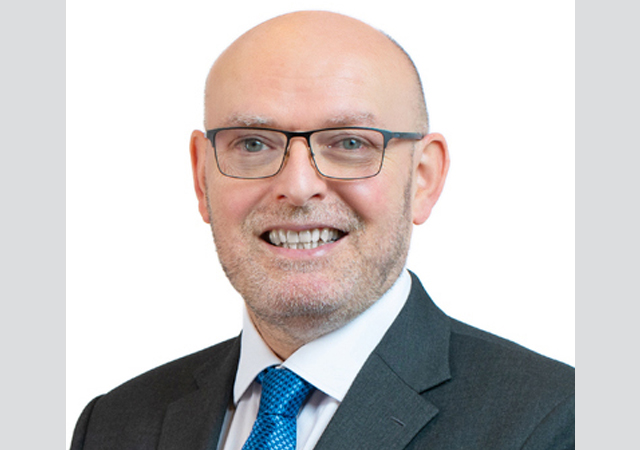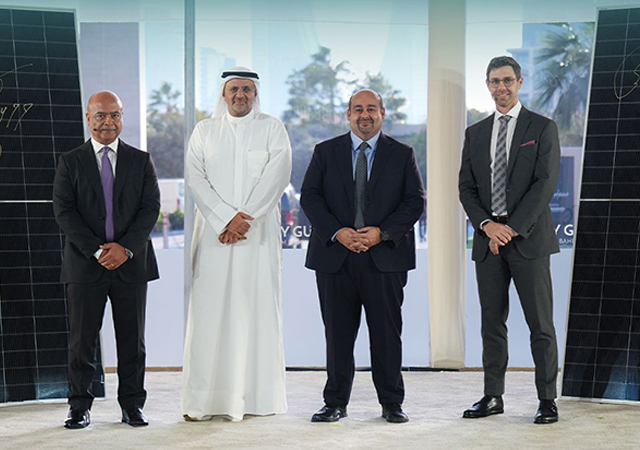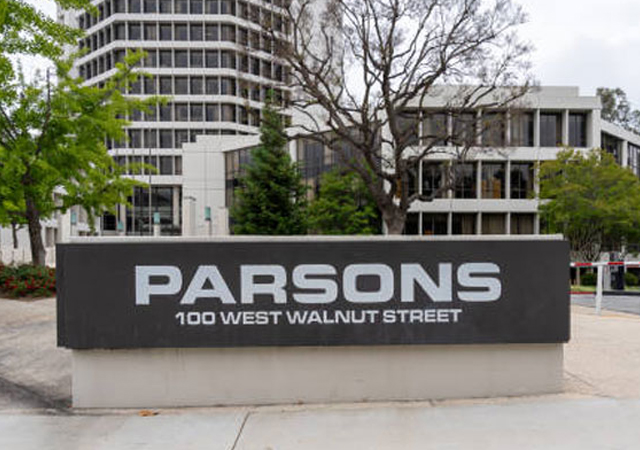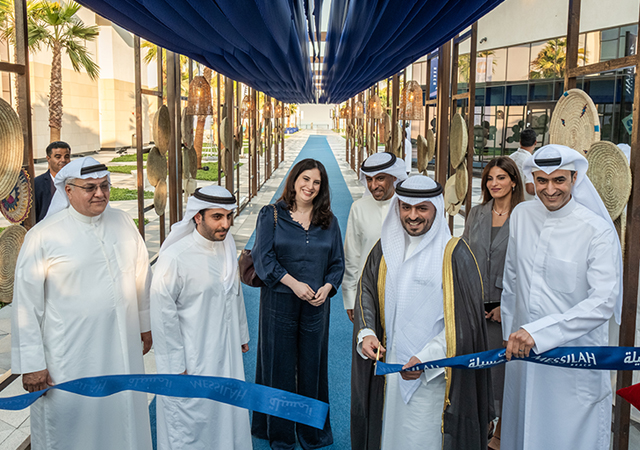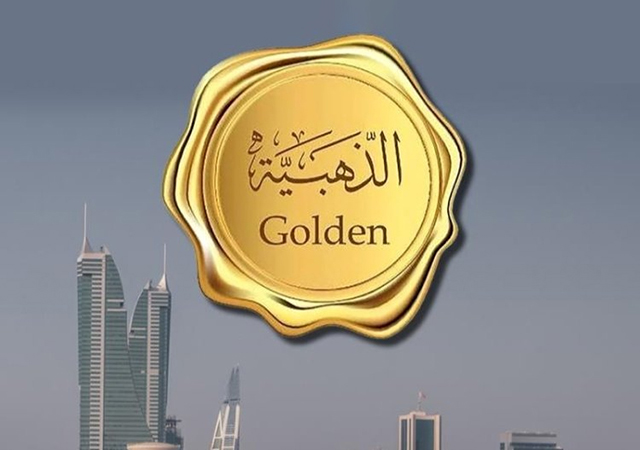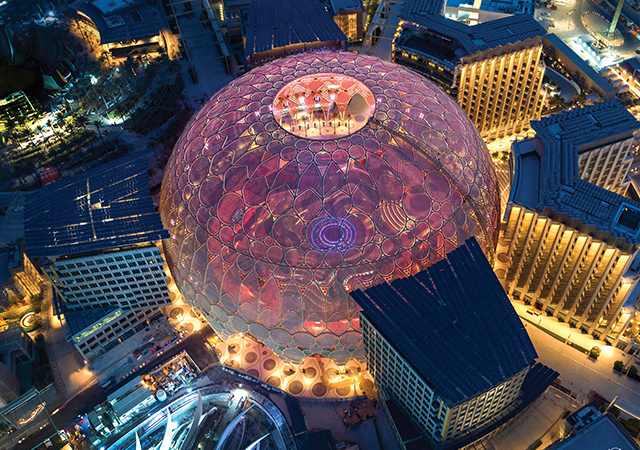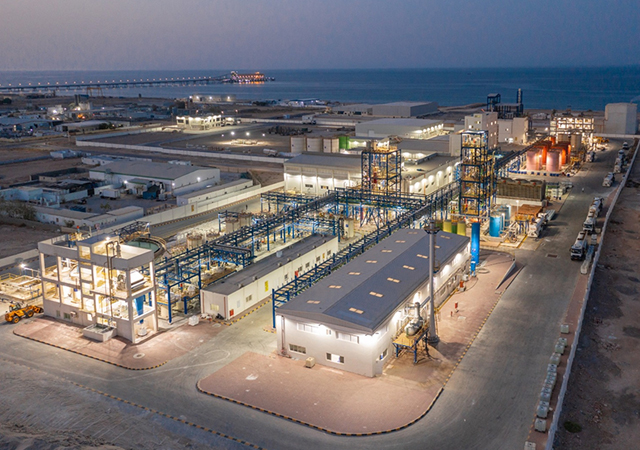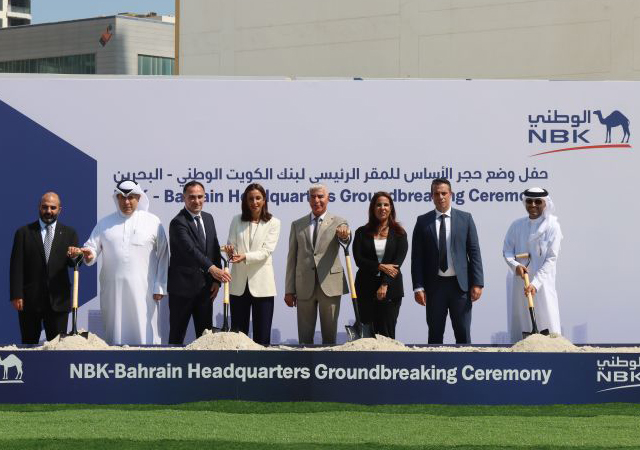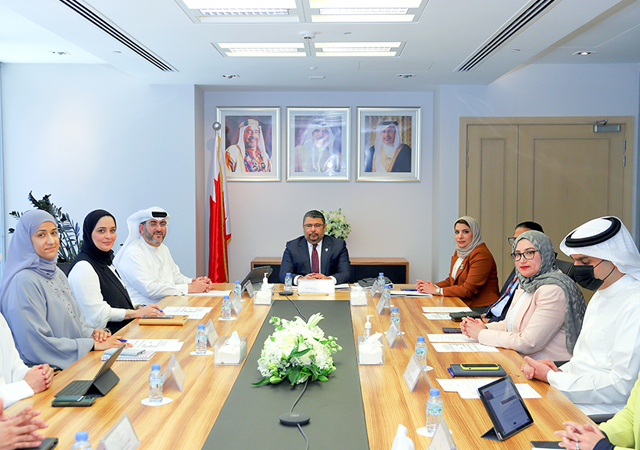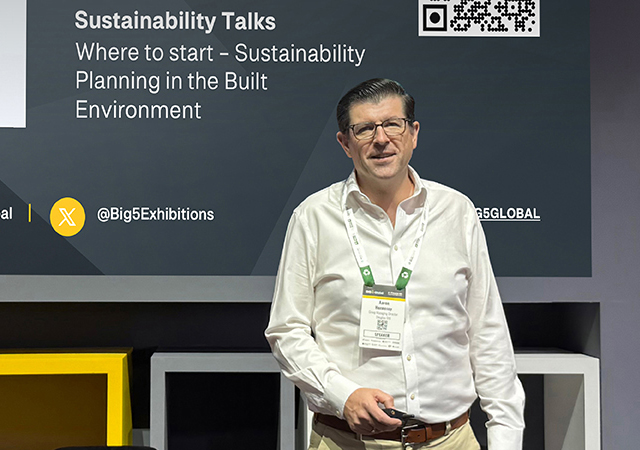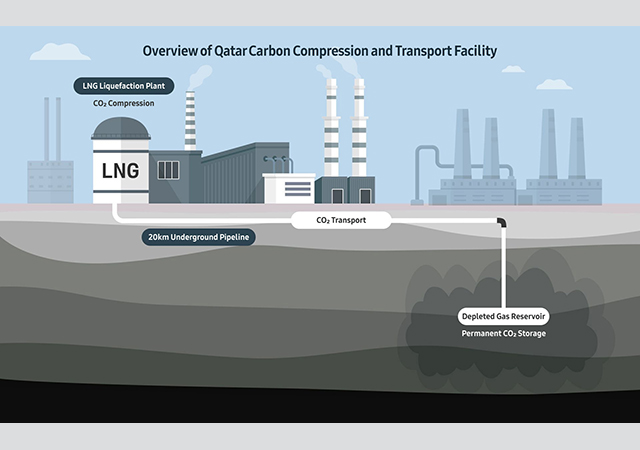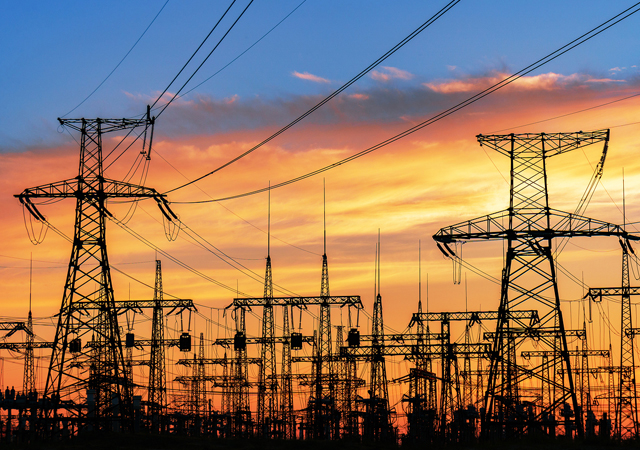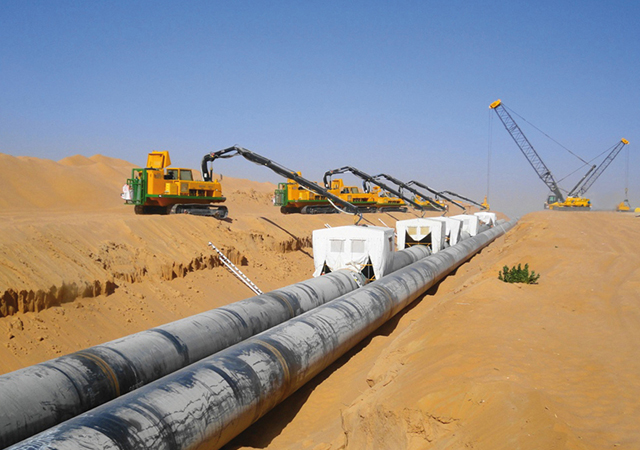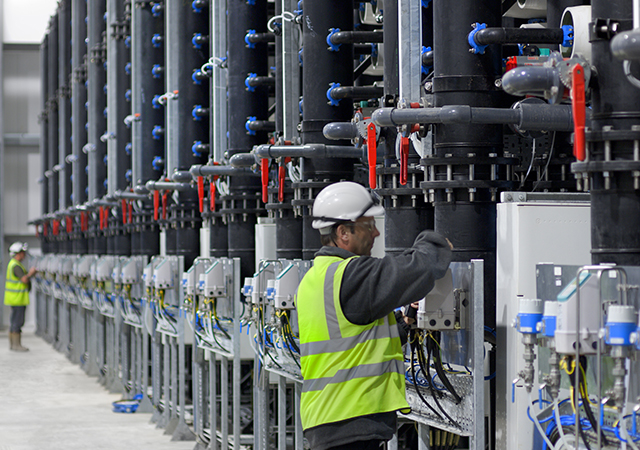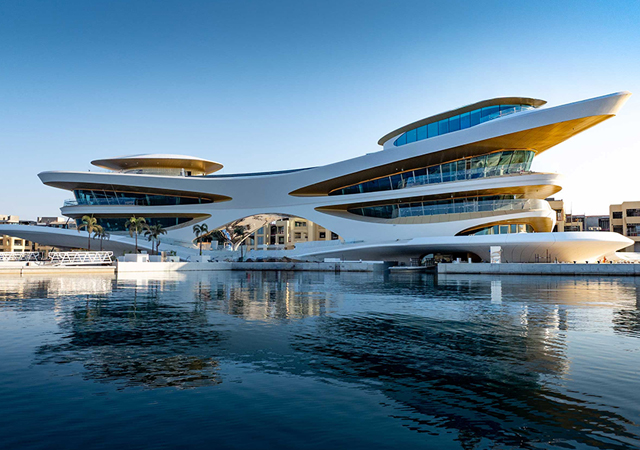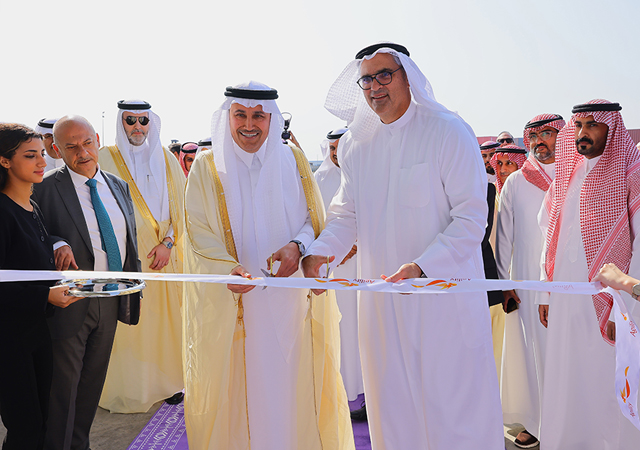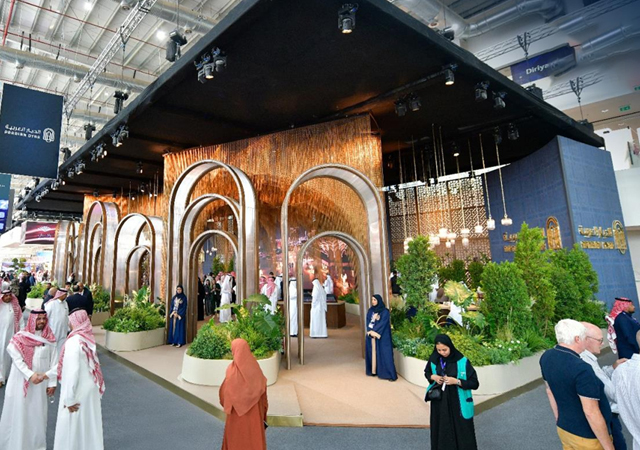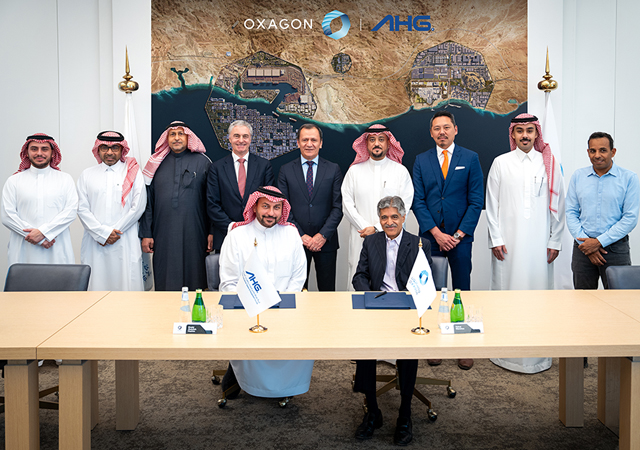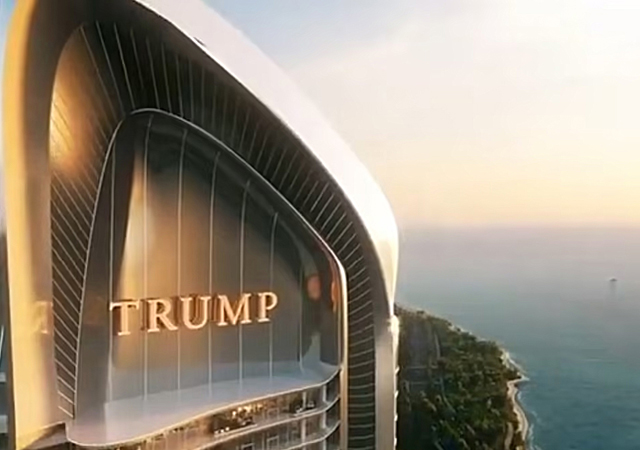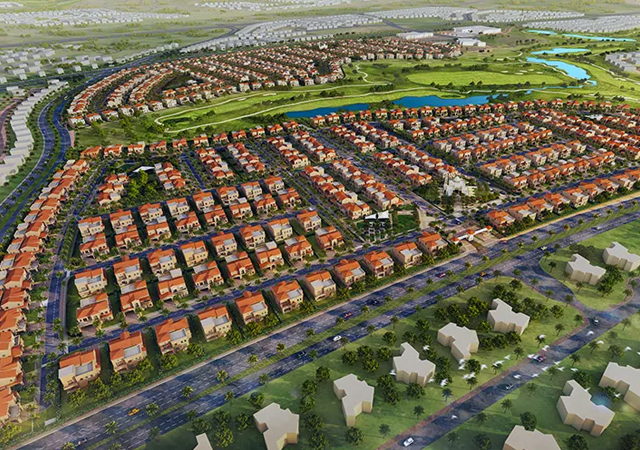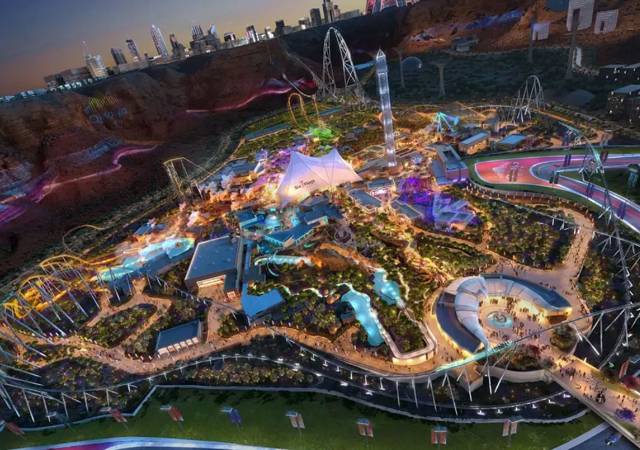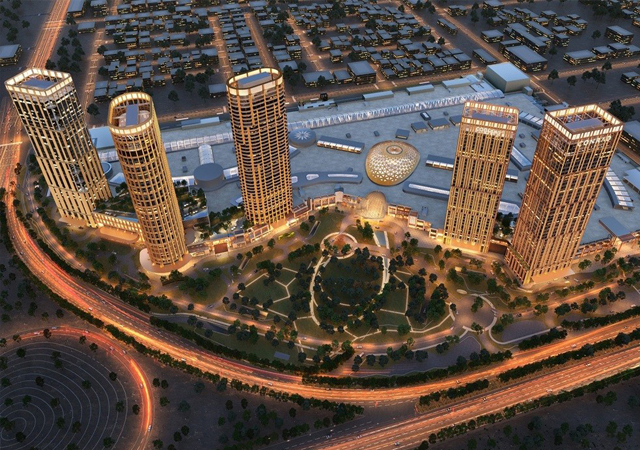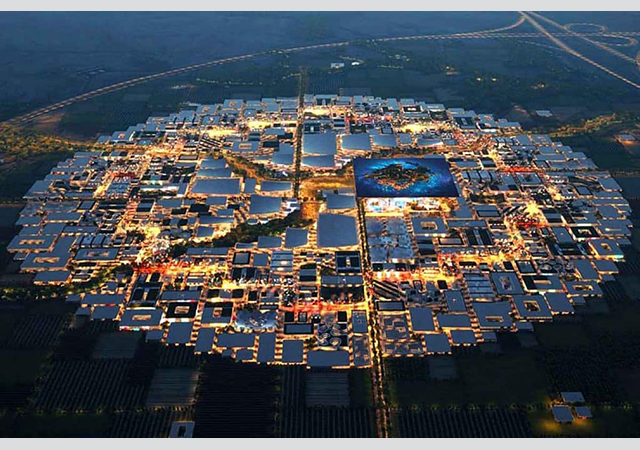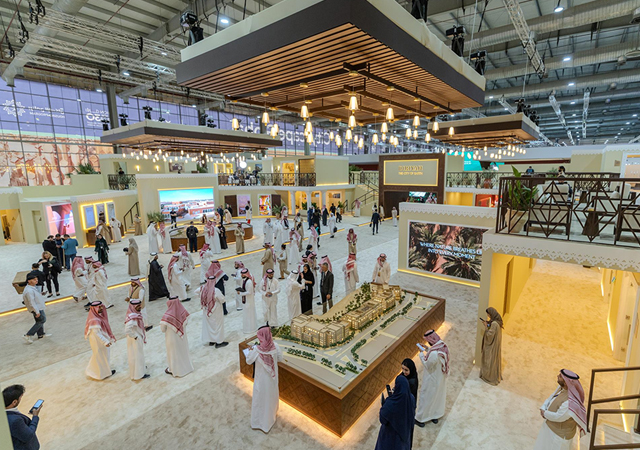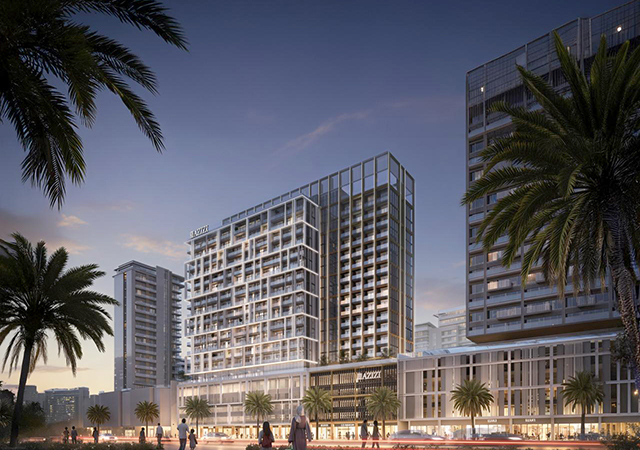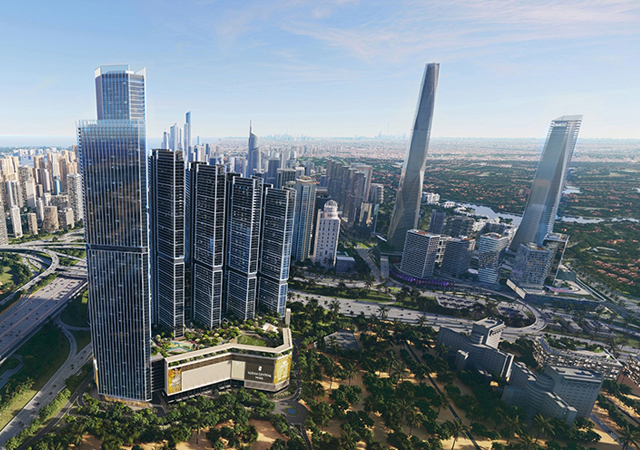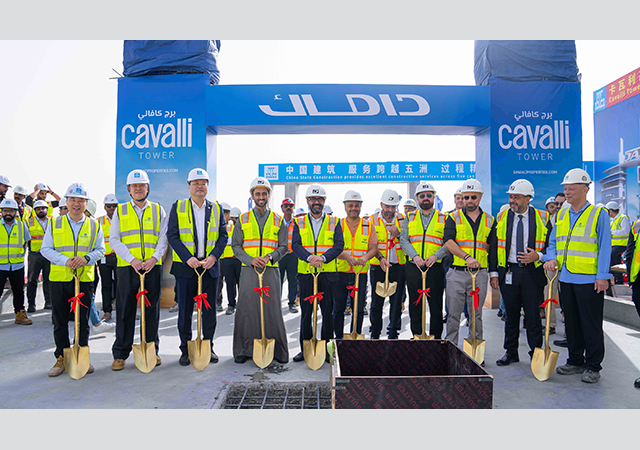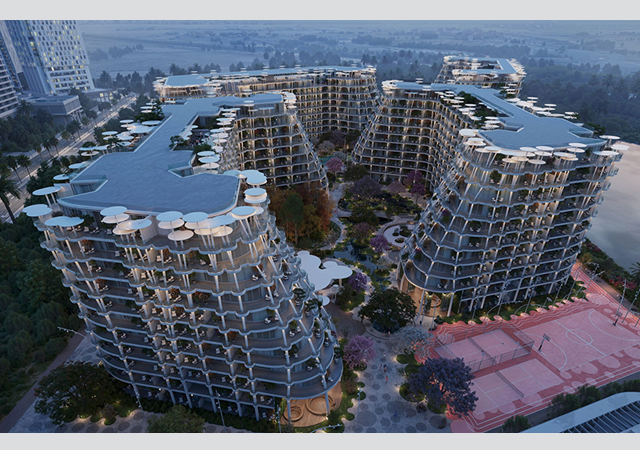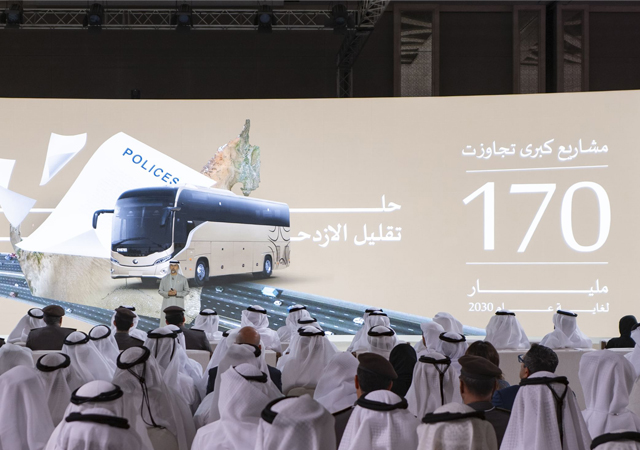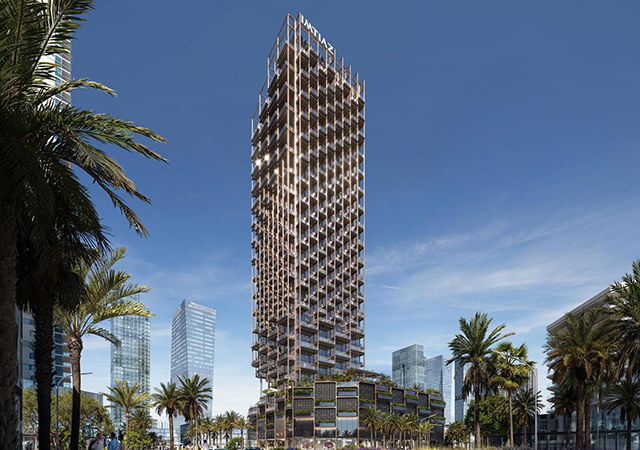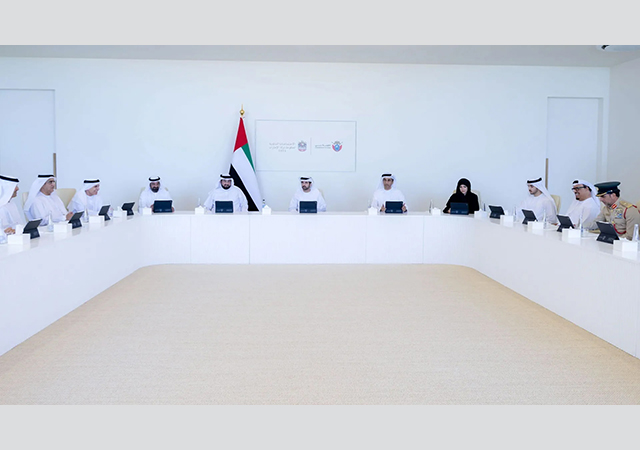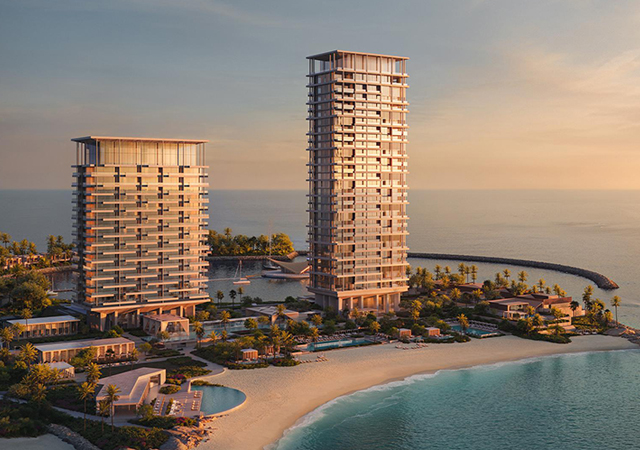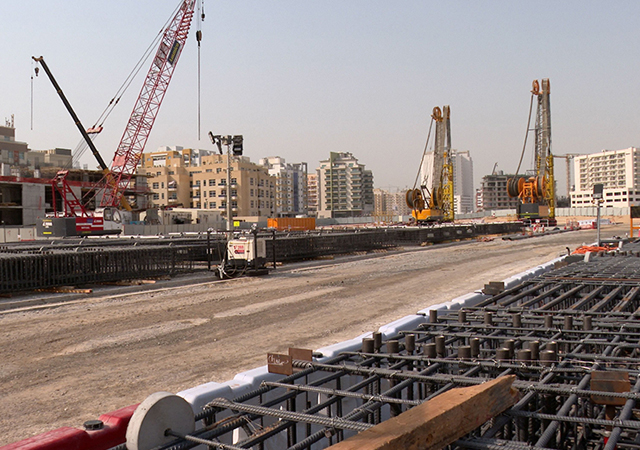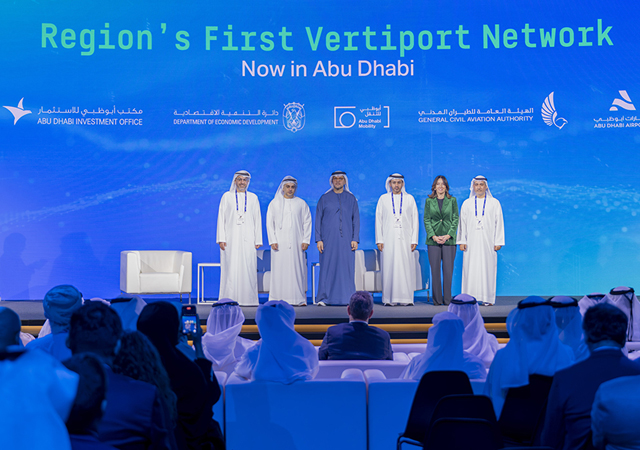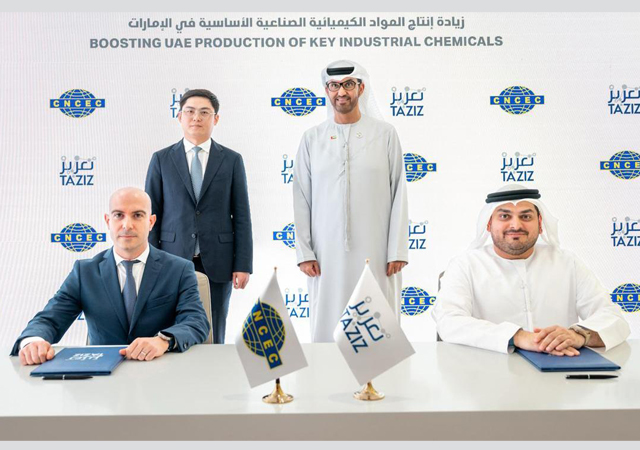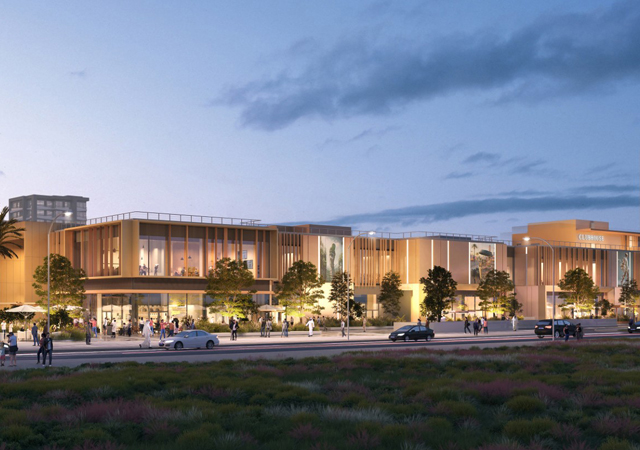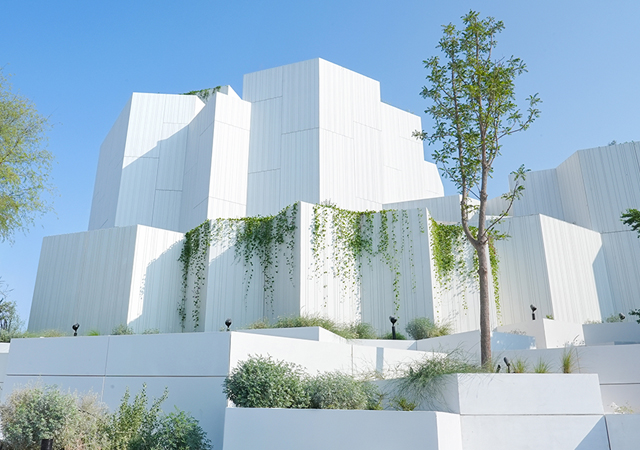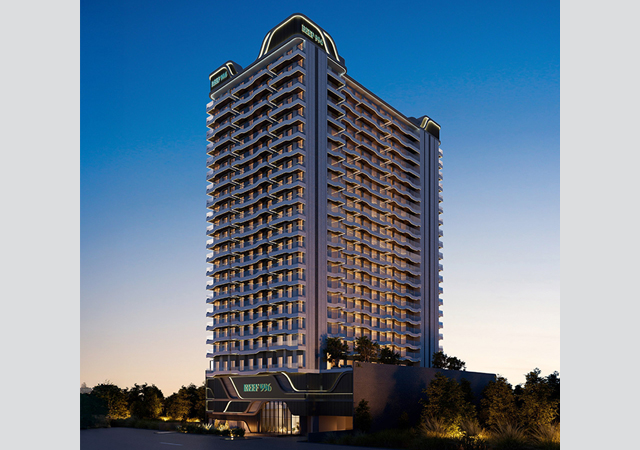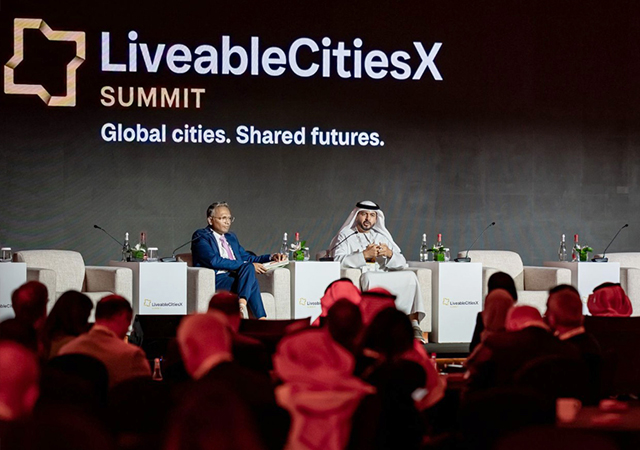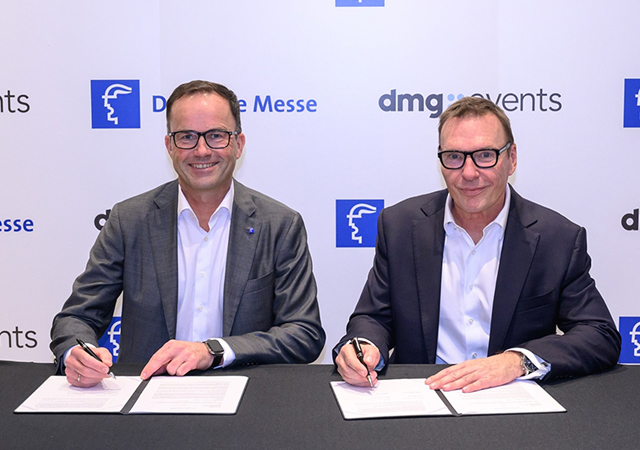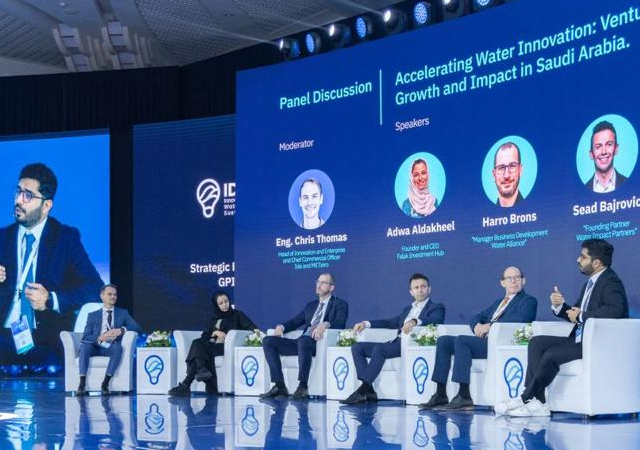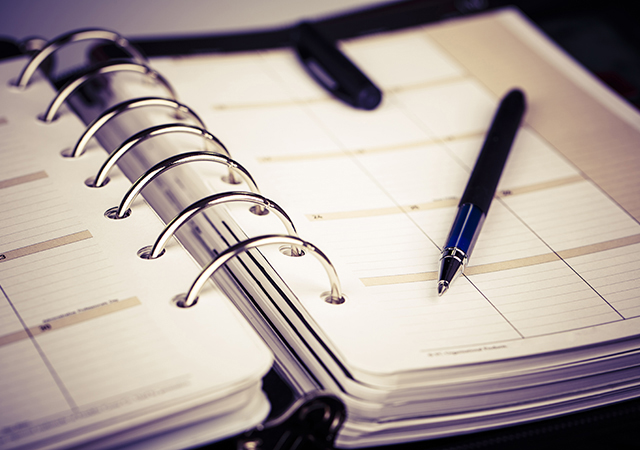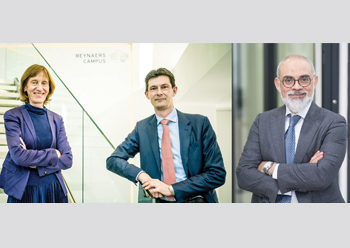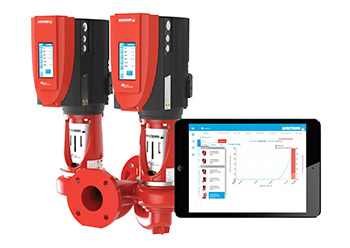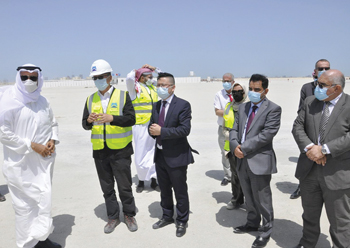
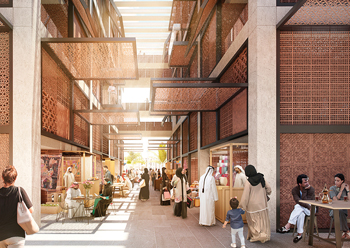 South Sabah Al Ahmad City boasts 10 neighbourhood clusters arranged around its central business district.
South Sabah Al Ahmad City boasts 10 neighbourhood clusters arranged around its central business district.
Kuwait is set to float tenders for South Sabah Al Ahmad City, a major residential project, later this year after getting all the necessary approvals, reported Arab Times, citing Minister of State for Municipal Affairs and Minister of State for Housing and Urban Development Shaya Abdurrahman Ahmed Al Shaya.
He also stated that a decision will soon be taken on the distribution of the remaining 7,000 plots of land.
Located 80 km south of the country’s capital, South Sabah Al Ahmad City is set to be the urban core for the southern sub-region. The 61.5-sq-km city boasts 10 neighbourhood clusters arranged around its central business district, and bordered by a ring of light industrial buildings.
According to top architectural firm, Foster + Partners, which is behind the project’s design, the central district contains a sports stadium, museum, city university and a major city park. Petal-like green spaces branch off from the city park, running between each of the neighbourhoods to create green urban links throughout the masterplan.
The undulating topography of the development has been inspired by the gentle form of sand dunes in the desert, stated the top UK architectural firm.
The practice has also detailed one neighbourhood cluster as a pilot project to showcase a future vision for the city. The villa cluster forms the smallest unit of the masterplan, arranged around a contemporary interpretation of a Farige – a traditional Kuwaiti cul-de-sac.
Several villa clusters together form a community centre, which includes local parks and shops, nursery and kindergarten schools, and local mosques at every 250 m, said the top architect.
A number of communities combine to become a neighbourhood, each with a residential centre featuring a large suq, centres for healthcare, children and the youth, and primary, elementary and secondary schools.
The masterplan offers a range of housing typologies, including apartments and patio houses, encouraging high density living with equally high standards of luxury.
The pilot neighbourhood cluster will also feature roof-top photovoltaic installations on the industrial buildings surrounding the development, to further strengthen the sustainable credentials of the project. It also offers opportunities for several leisure activities such as desert glamping, e-biking, design galleries and shopping.



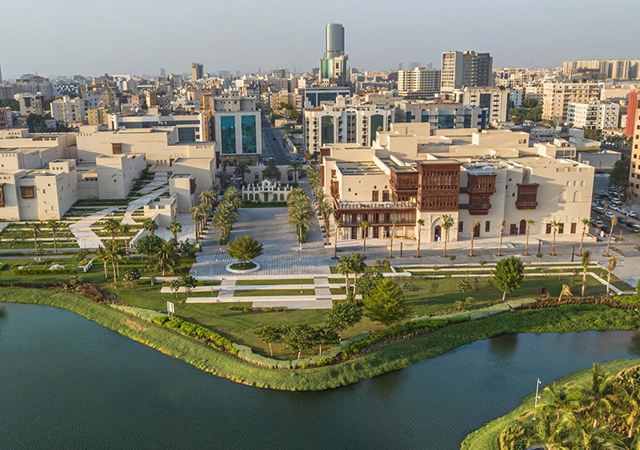
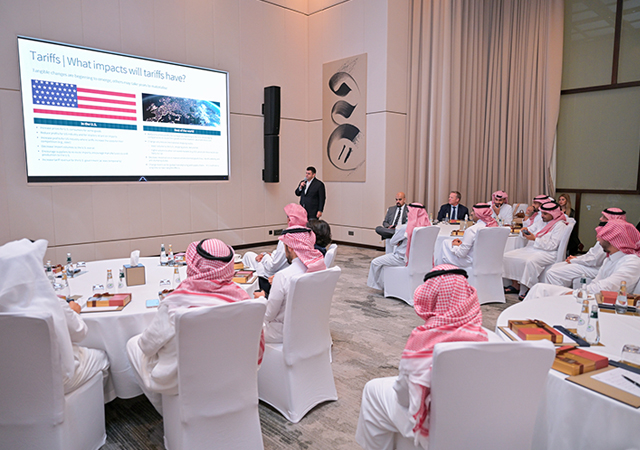
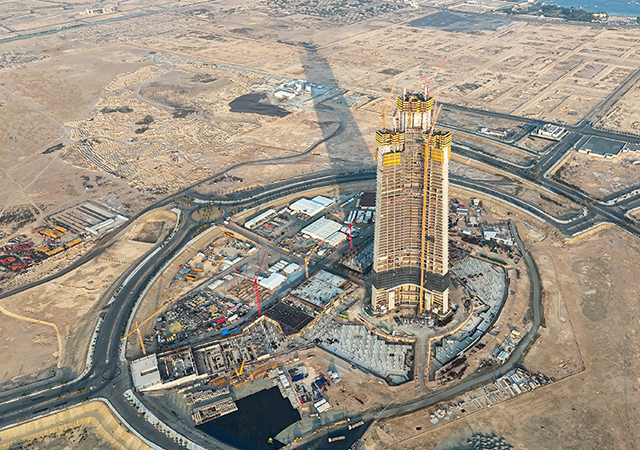
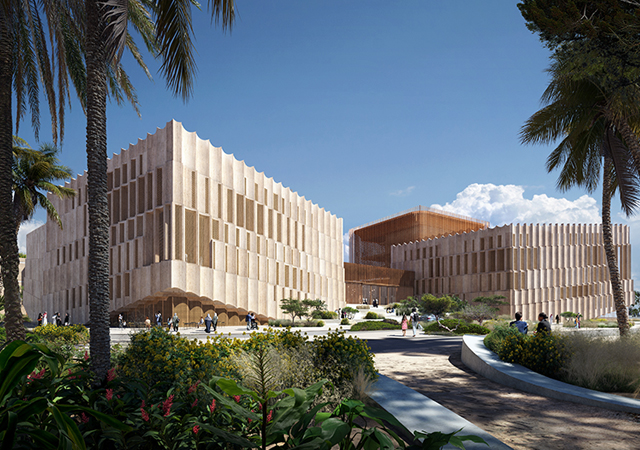
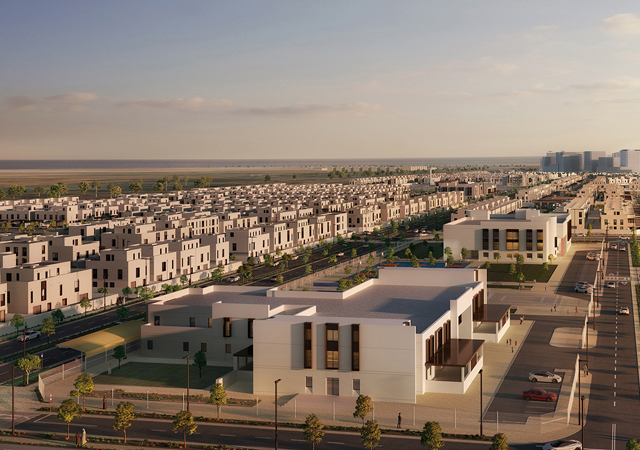
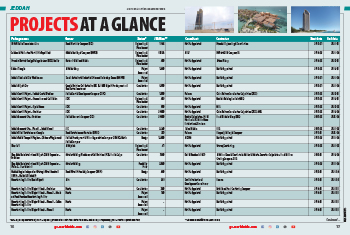
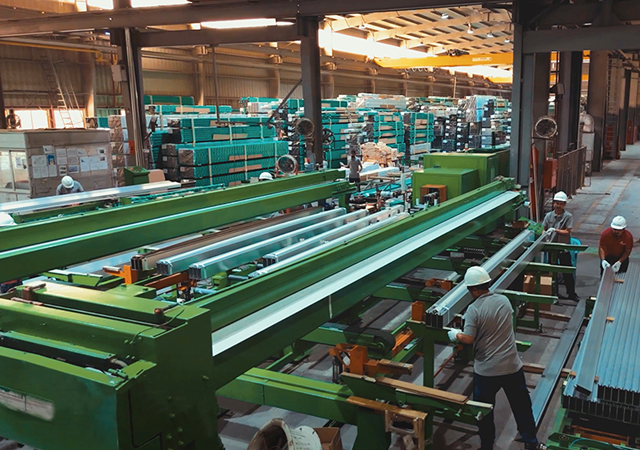

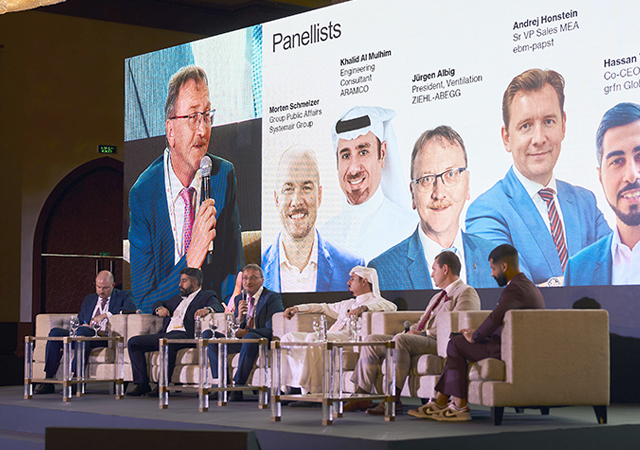
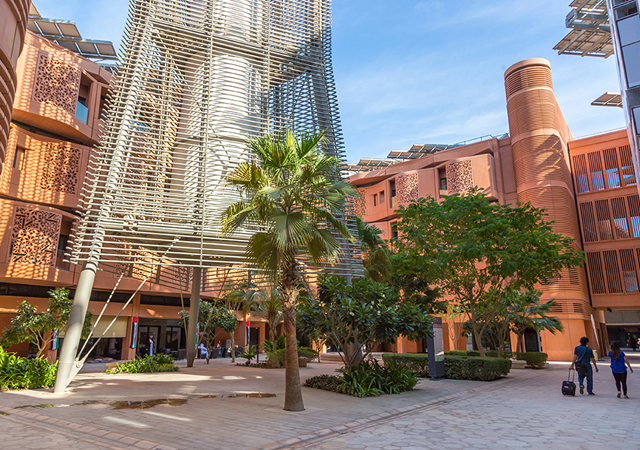
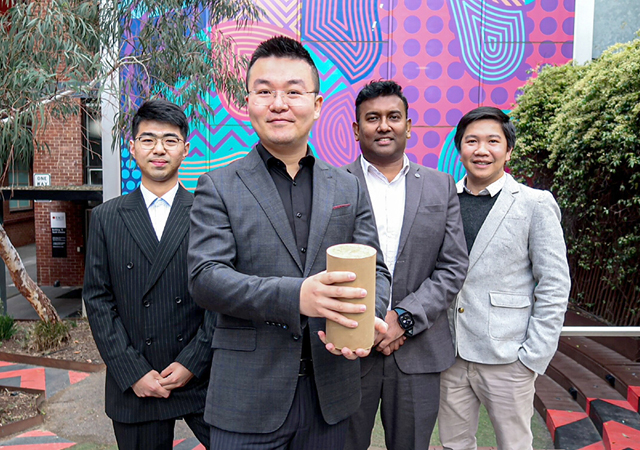
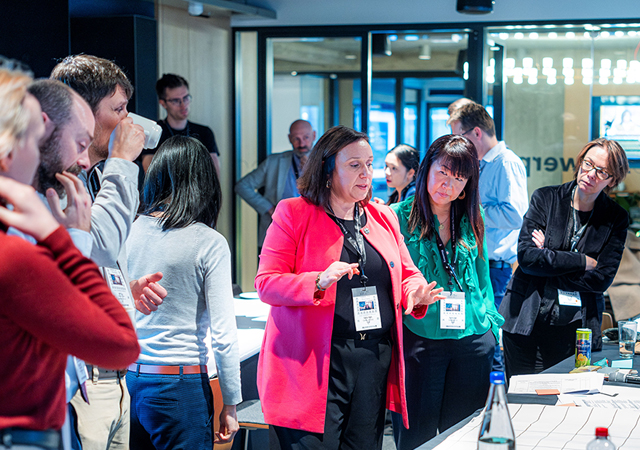
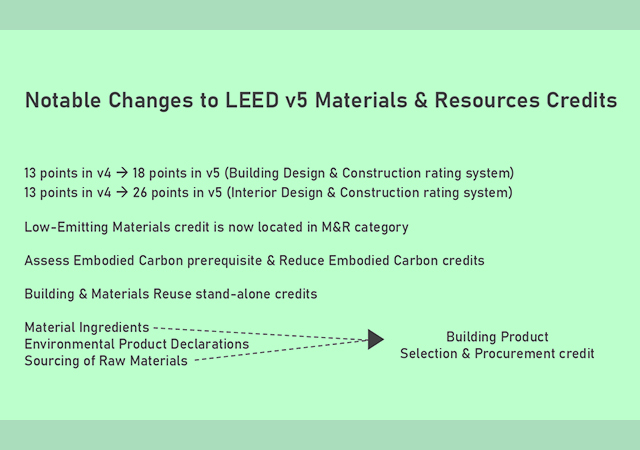
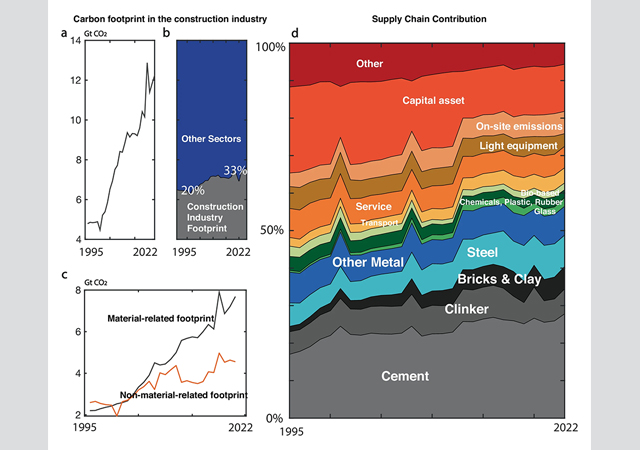
.jpg)
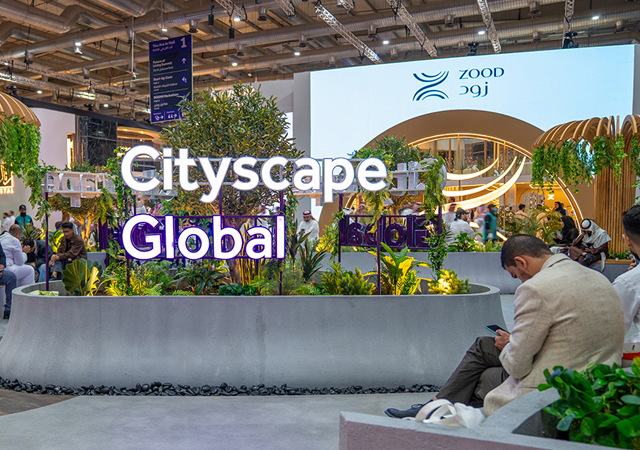
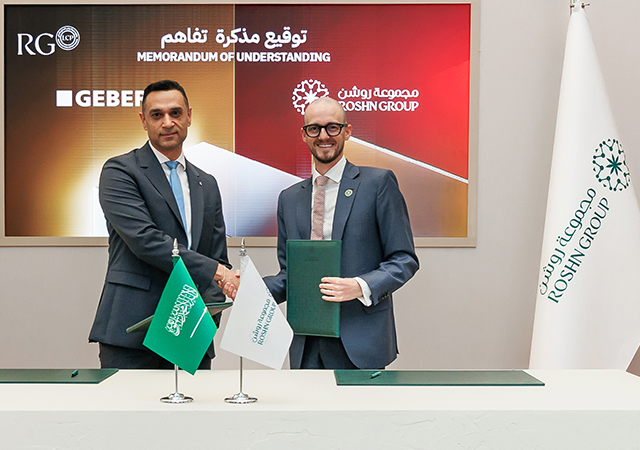
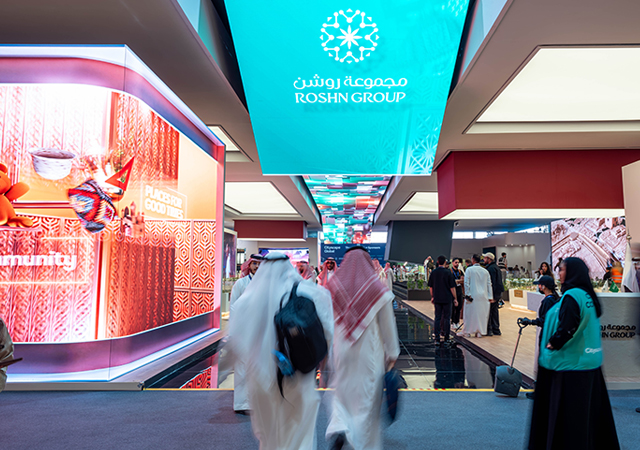
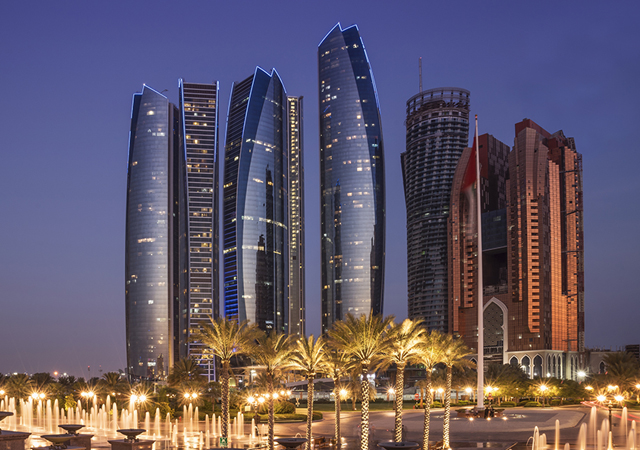
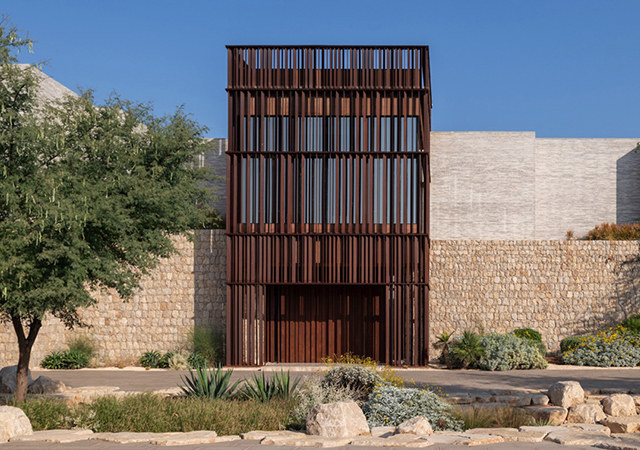
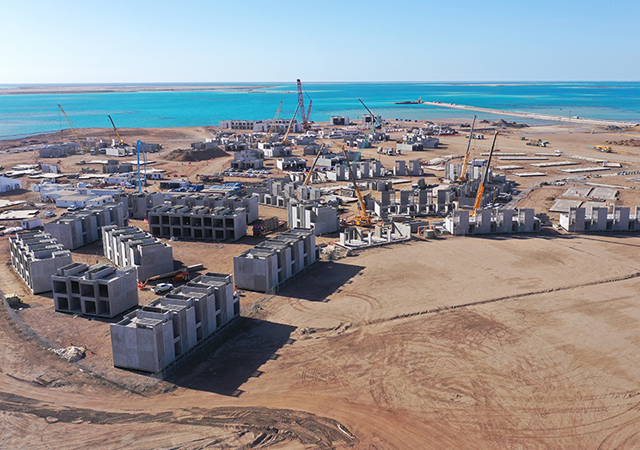
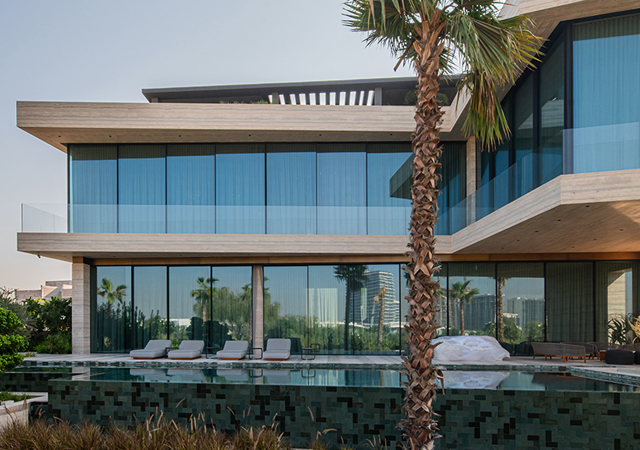
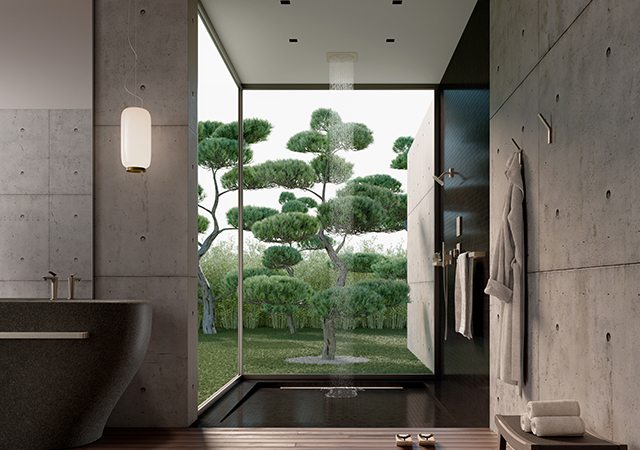

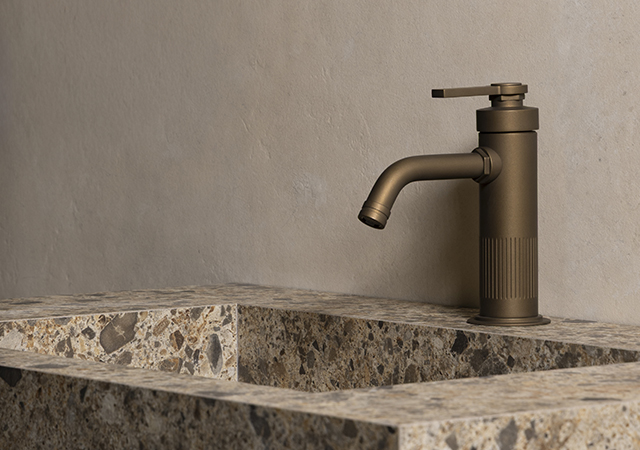

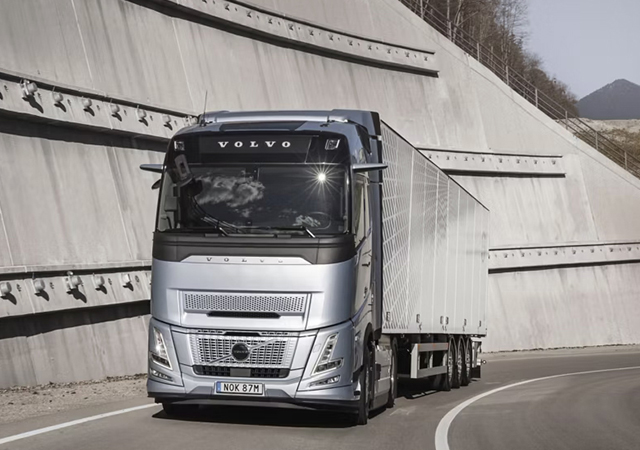
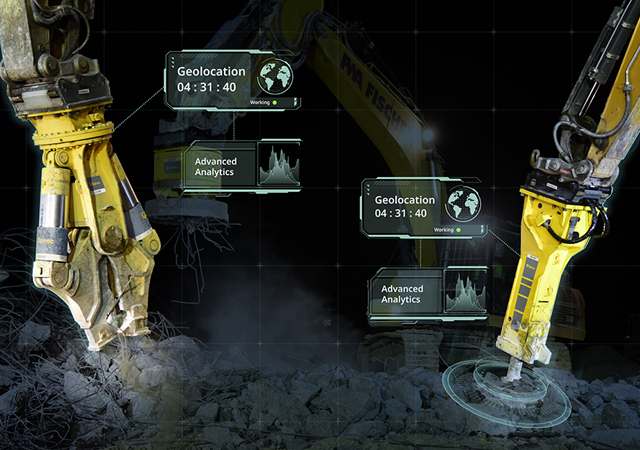
 (1).jpg)
